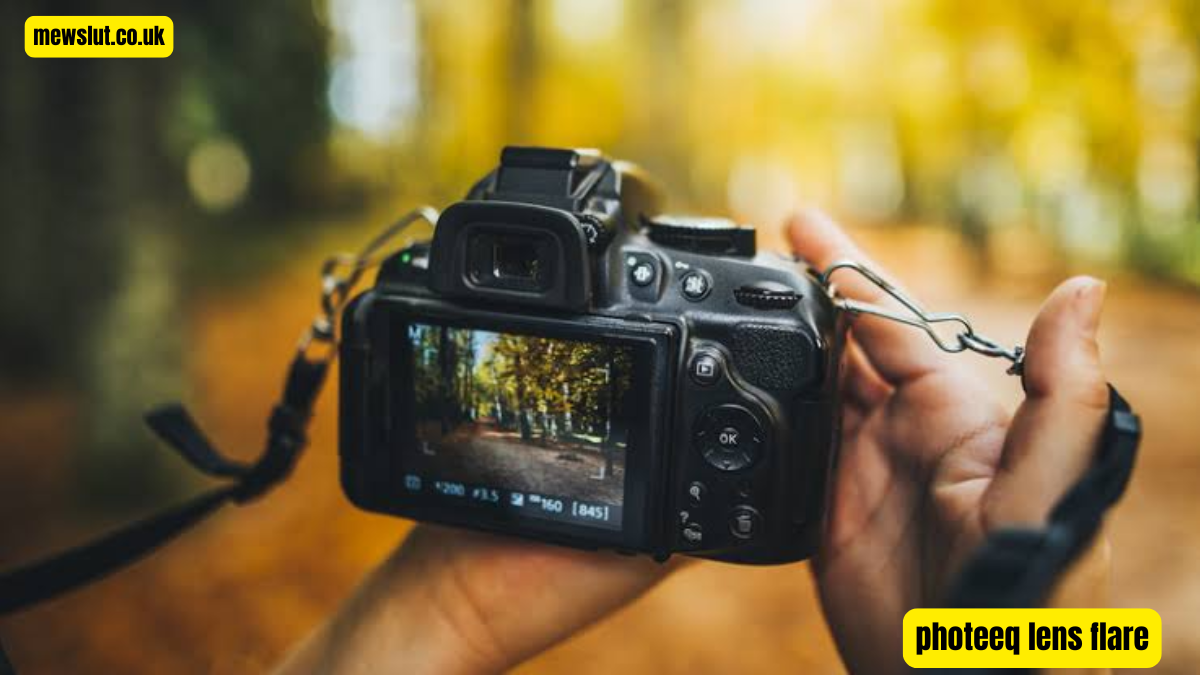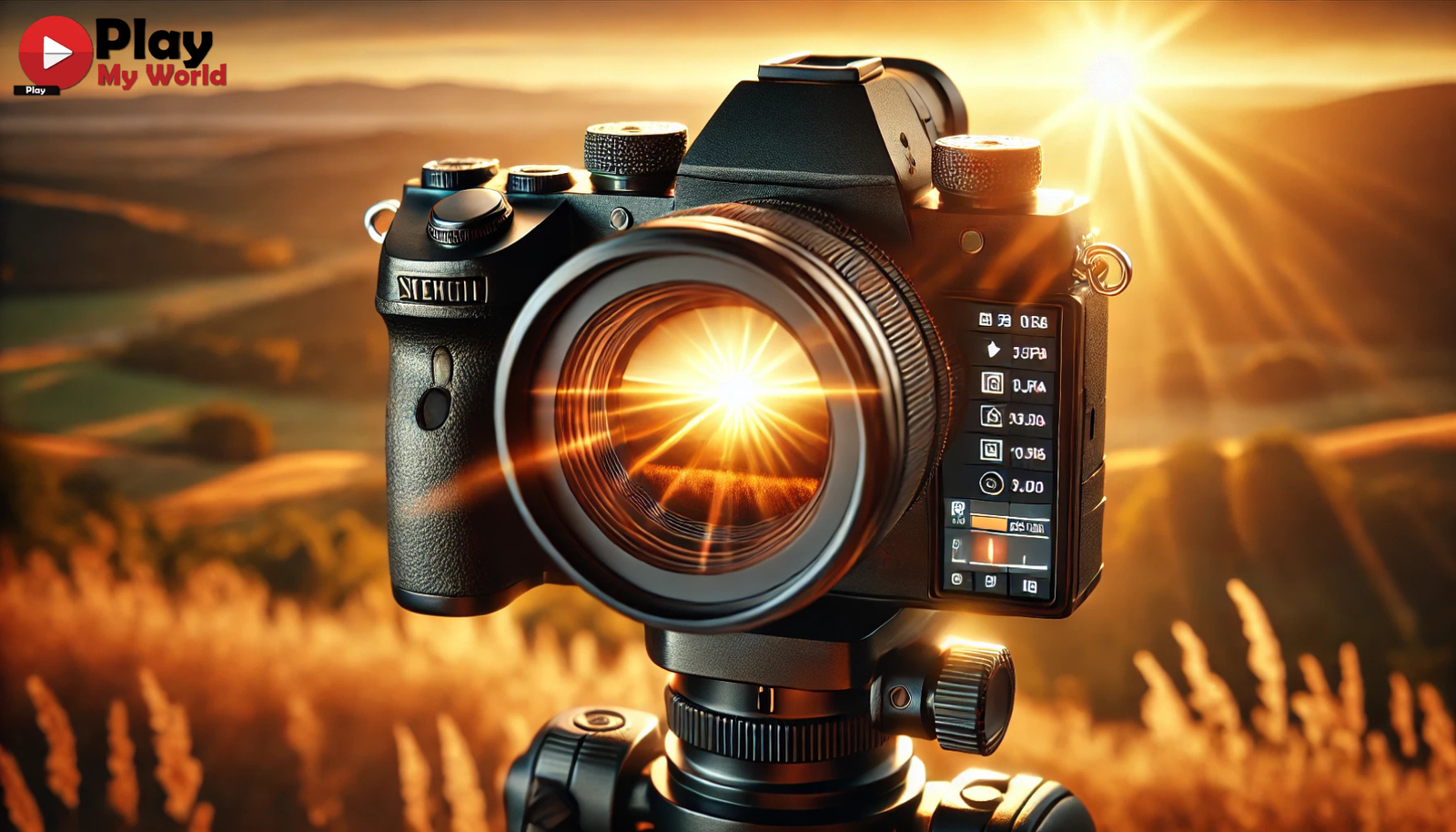Introduction
Lens flare is a common optical phenomenon in photography, often seen as a burst of light, streaks, or rings appearing in an image. While it is sometimes an unwanted effect, many photographers intentionally use lens flare to add drama, warmth, and artistic flair to their shots. With advancements in editing tools, software like Photeeq lens flare makes it easier than ever to create and enhance lens flare effects. In this comprehensive guide, we will explore Photeeq lens flare, its applications, techniques, and how you can master this visual effect to elevate your photography.
What is Photeeq lens flare?
Lens flare occurs when a bright light source, such as the sun or artificial lighting, enters the camera lens and scatters inside. This results in a series of light artifacts that can either add a dreamy, cinematic look to an image or create unwanted distractions. The effect depends on factors like lens type, aperture setting, and the positioning of the light source.
There are two primary types of lens flare:
- Ghosting Flare – This appears as repeated, semi-transparent circles or streaks of light across the image.
- Veiling Flare – This causes a hazy, washed-out look due to light scattering inside the lens.
Why Use Photeeq for Lens Flare Effects?
Photeeq lens flare is a powerful photo editing tool that simplifies the process of applying lens flare effects with precision. Unlike natural lens flare, which is often unpredictable and difficult to control, Photeeq lens flare allows photographers to add and adjust the intensity, position, and color of lens flares effortlessly.
Key Benefits of Using Photeeq for Lens Flare:
Customizable Effects: Users can tweak the brightness, color, and opacity of the flare.
Realistic Rendering: The software mimics natural lens flare for an authentic cinematic feel.
Non-Destructive Editing: Allows users to add flare effects without permanently altering the original image.
Fast and User-Friendly: Provides quick and easy adjustments, making it ideal for beginners and professionals alike.
How to Create Stunning Lens Flare with Photeeq
- Choosing the Right Image
Before applying a lens flare effect, select an image where it would naturally enhance the composition. Ideal scenarios include:
Sunsets and sunrises
Portraits with backlighting
Landscapes with a bright light source
Urban nightscapes with streetlights
- Adjusting Brightness and Contrast
To make the lens flare effect look natural, adjust the brightness and contrast of your image. Increasing contrast can help prevent the flare from washing out the details.
- Positioning the Flare Effect
Photeeq lens flare allows precise placement of lens flares. To maintain realism:
Position the flare near a light source.
Avoid placing it randomly where no light is coming from.
Use subtle blending to integrate it seamlessly into the image.
- Tweaking Colors and Intensity
Lens flare effects often include warm tones like orange, yellow, and red. Photeeq lens flare provides tools to adjust the hue and intensity of the flare to match the scene’s lighting conditions.
- Blending for a Natural Look
A harsh or overly bright lens flare can appear artificial. Use Photeeq’s blending modes and opacity adjustments to ensure the flare looks organic and well-integrated.
Common Mistakes to Avoid
- Overusing Lens Flare
Too much lens flare can distract from the subject and reduce image clarity. Use it sparingly and purposefully.
- Poor Positioning
Placing the flare in an unrealistic location makes the effect look unnatural. Always align it with an actual light source in the scene.
- Ignoring Image Composition
Lens flare should enhance the composition, not disrupt it. Ensure it complements the visual flow rather than overpowering the subject.
Lens Flare in Different Photography Styles
Portrait Photography
Lens flare can add a dreamy, ethereal quality to portraits, especially in outdoor settings. Soft, warm flares can enhance skin tones and create a romantic mood.
Landscape Photography
When used correctly, lens flare in landscapes can emphasize the golden hour glow and create a sense of depth and realism.
Urban and Street Photography
Artificial light sources such as neon signs and car headlights can be enhanced with lens flare to create dynamic, high-energy cityscapes.
Cinematic Photography
Filmmakers and photographers use lens flare to create a dramatic, larger-than-life effect, adding emotion and depth to visual storytelling.
Tips for Capturing Natural Lens Flare
While Photeeq lens flare provides excellent tools for adding lens flare, you can also capture natural lens flare in-camera by following these tips:
- Shoot against the sun or a strong light source.
- Use a wide aperture to create a more pronounced effect.
- Experiment with different angles to control the flare’s intensity.
- Partially block the light source with an object or subject for creative results.
Final Thoughts
Lens flare, whether natural or digitally enhanced with Photeeq lens flare, can be a powerful tool in photography. It adds mood, warmth, and artistic appeal when used thoughtfully. By understanding how to control and apply lens flare effectively, you can create visually stunning images that captivate viewers.
With Photeeq lens flare’s intuitive tools, achieving professional-grade lens flare effects is easier than ever. Whether you are a beginner looking to experiment or a seasoned photographer aiming for cinematic visuals, mastering Photeeq lens flare lens flare can take your photography to the next level.





